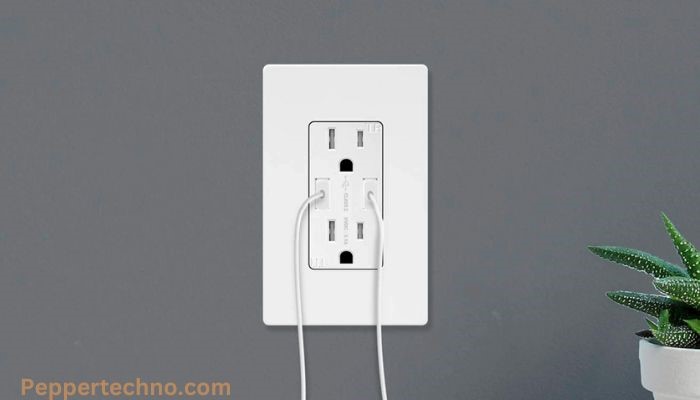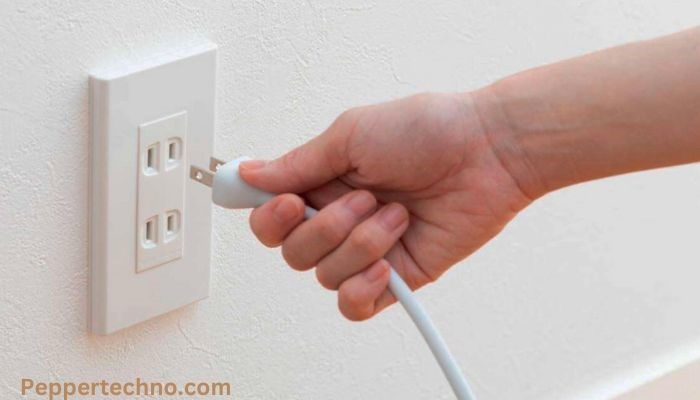Power Up Your Trip: Understanding Costa Rica Electrical Outlets
Understanding Costa Rica Electrical Outlets is crucial for anyone planning to visit or live in the country. Electrical outlets are the points where electrical devices are connected to a power source. Different countries have different types of electrical outlets, and it is important to know the specific type used in Costa Rica to ensure compatibility with your devices. This blog post aims to provide a comprehensive guide to Understanding Costa Rica Electrical Outlets, including the different types, voltage and frequency, adapters and converters, safety tips, common appliances, charging devices, finding outlets in public places, and troubleshooting common issues.

Introduction to Costa Rica Electrical Outlets
Costa Rica Electrical Outlets, like in many other countries, are essential for powering various electrical devices. They are typically found on walls and consist of a socket where plugs can be inserted. Understanding the different types of electrical outlets in Costa Rica is important because it determines whether your devices can be plugged in or if you need an adapter or converter. Without this knowledge, you may find yourself unable to charge your devices or use certain appliances during your stay in Costa Rica.
Types of Electrical Outlets in Costa Rica
Costa Rica primarily uses two types of electrical outlets: Type A and Type B. Type A outlets have two flat parallel pins and are rated at 120 volts. Type B outlets, on the other hand, have two flat parallel pins and a grounding pin in the shape of a semi-circle. They are also rated at 120 volts. It is important to note that while the voltage is the same as in the United States and Canada, the shape of the outlets is different. This means that if you are traveling from a country with a different type of outlet, you will need an adapter to plug your devices into Costa Rican outlets.
Voltage and Frequency in Costa Rica Electrical Outlets
Voltage refers to the amount of electrical potential difference between two points in an electrical circuit. In Costa Rica, the voltage in electrical outlets is 120 volts, which is the same as in the United States and Canada. Frequency, on the other hand, refers to the number of cycles per second at which alternating current (AC) oscillates. In Costa Rica, the frequency is 60 hertz (Hz), which is also the same as in the United States and Canada.
Understanding the voltage and frequency in Costa Rica Electrical Outlets is important because it determines whether your devices can safely operate. Most modern electronic devices are designed to be compatible with a wide range of voltages and frequencies, but it is always a good idea to check the specifications of your devices before plugging them into Costa Rican outlets. Using devices that are not compatible with the voltage and frequency in Costa Rica Electrical Outlets can result in damage to your devices or even pose a safety risk.
Adapters and Converters for Costa Rica Electrical Outlets
Adapters and converters are essential for using electrical devices from different countries in Costa Rica. An adapter is a device that allows you to plug your device into a different type of electrical outlet. It does not change the voltage or frequency of the electricity. A converter, on the other hand, is a device that not only allows you to plug your device into a different type of electrical outlet but also changes the voltage and/or frequency of the electricity.
In the case of Costa Rica Electrical Outlets, if you are traveling from a country with a different type of outlet, you will need an adapter to plug your devices into Costa Rican outlets. However, since the voltage and frequency in Costa Rican outlets are the same as in the United States and Canada, you generally do not need a converter unless your device specifically requires a different voltage or frequency.
Safety Tips for Using Costa Rica Electrical Outlets
When using Costa Rica Electrical Outlets, it is important to follow certain safety tips to ensure your safety and the safety of your devices. Firstly, always check the voltage and frequency requirements of your devices before plugging them into Costa Rican outlets. Using devices that are not compatible with the voltage and frequency in Costa Rican outlets can result in damage to your devices or even pose a safety risk.
Secondly, make sure to use high-quality adapters and converters that are designed for the specific type of outlet and voltage/frequency requirements of your devices. Using cheap or poorly made adapters and converters can also pose a safety risk.
Thirdly, avoid overloading electrical outlets by plugging in too many devices at once. Overloading outlets can cause overheating and increase the risk of electrical fires. If you need to charge multiple devices, consider using a power strip with surge protection.
Common Electrical Appliances in Costa Rica
Understanding the common electrical appliances in Costa Rica is important for anyone planning to visit or live in the country. Some of the most common electrical appliances in Costa Rica include refrigerators, air conditioners, televisions, computers, smartphones, and kitchen appliances such as blenders and coffee makers.
It is important to note that the voltage and frequency requirements of these appliances may vary. Most modern appliances are designed to be compatible with a wide range of voltages and frequencies, but it is always a good idea to check the specifications of your appliances before using them in Costa Rica.
Charging Your Devices in Costa Rica
Charging your devices in Costa Rica is relatively straightforward, as the voltage and frequency in Costa Rican outlets are the same as in the United States and Canada. Simply plug your device into a Type A or Type B outlet using an adapter if necessary, and it should charge without any issues.
However, it is important to note that some older buildings in Costa Rica may have outdated electrical wiring that may not be able to handle the power requirements of modern devices. In such cases, it is advisable to use a surge protector to protect your devices from power surges.
Finding Electrical Outlets in Public Places in Costa Rica
Finding electrical outlets in public places in Costa Rica can sometimes be a challenge, especially in remote areas or outdoor locations. However, most hotels, restaurants, cafes, and shopping malls in major cities and tourist areas have electrical outlets available for public use.
If you are traveling to a remote area or planning to spend a lot of time outdoors, it is a good idea to carry a portable power bank or solar charger to ensure that you can charge your devices even when there are no electrical outlets available.
Troubleshooting Common Electrical Outlet Issues in Costa Rica
Despite taking all the necessary precautions, you may still encounter common electrical outlet issues in Costa Rica. Some of the most common issues include loose connections, blown fuses, and tripped circuit breakers.
If you encounter a loose connection, make sure to unplug your device and check the outlet for any loose wires. If you find any loose wires, it is advisable to contact a qualified electrician to fix the issue.
If you experience a blown fuse or a tripped circuit breaker, it is important to first unplug all devices from the affected circuit and then reset the fuse or circuit breaker. If the issue persists, it is advisable to contact a qualified electrician to inspect the electrical system.
Conclusion:
Understanding Costa Rica electrical outlets is crucial for anyone planning to visit or live in the country. By familiarizing yourself with the different types of outlets, voltage and frequency requirements, adapters and converters, safety tips, common appliances, charging devices, finding outlets in public places, and troubleshooting common issues, you can ensure that your trip to Costa Rica is enjoyable and hassle-free. Remember to always prioritize safety and follow the necessary precautions when using Costa Rica Electrical Outlets.



